A stylish new building and extensive restoration work have given the Manchester museum an exciting new lease of life
A beautiful synagogue, with a new, modern museum wrapped around it; we may even have a café...” promised Max Dunbar, CEO of the Manchester Jewish Museum, six years ago.
This summer, his promise has been fulfilled – and surpassed. When I visited the museum in June, a masked Dunbar was busy supervising the finishing touches to the rebirth of this iconic 1874 Sephardi synagogue and the creation of the adjacent state-of-the-art museum prior to the public opening on 2 July.
And, of course, there is a brand new cafe, serving “kosher styled, vegetarian” food, plus a new gallery, shop and learning studio with kitchen. Food will play a central role. “The cafe is an opportunity to educate our visitors on Jewish dietary laws, and our programme will include activities that celebrate food,” said Daniel Jarvis, the museum’s communications manager.
Lentil soup with spinach and a drizzle of lemon oil, served with pitta © Chris Payne
Supported by the National Lottery Heritage Fund, the £6m refurbishment of the Grade II listed building harmonises with the stunning museum building next door, designed by architect Katy Marks of Citizens Design Bureau.
The synagogue is situated among the derelict warehouses where Manchester’s Sephardi glitterati once strolled along the ‘Cheetham Hill Boulevard’. It has been a hidden gem since it morphed into the Jewish Museum in the 1980s. Now, it has been beautifully restored to its original glory. Magnificent stained-glass windows, gold-leaf covered columns and the Torah ark have all been faithfully replicated. The delicate filigree of the mechitzah (partition) surrounding the ladies’ gallery is replicated on the Moorish-style trellis that wraps the museum building. Backlit at night, the museum’s façade is “a truly spectacular sight,” enthuses Jarvis.
Curator Alex Cropper showed me around the museum’s airy spaces, which now house the entirety of the 31,000 items in its collection. Technology has brought life to many of the artefacts, and visitors can be connected digitally to oral histories of individual Manchester Jews.
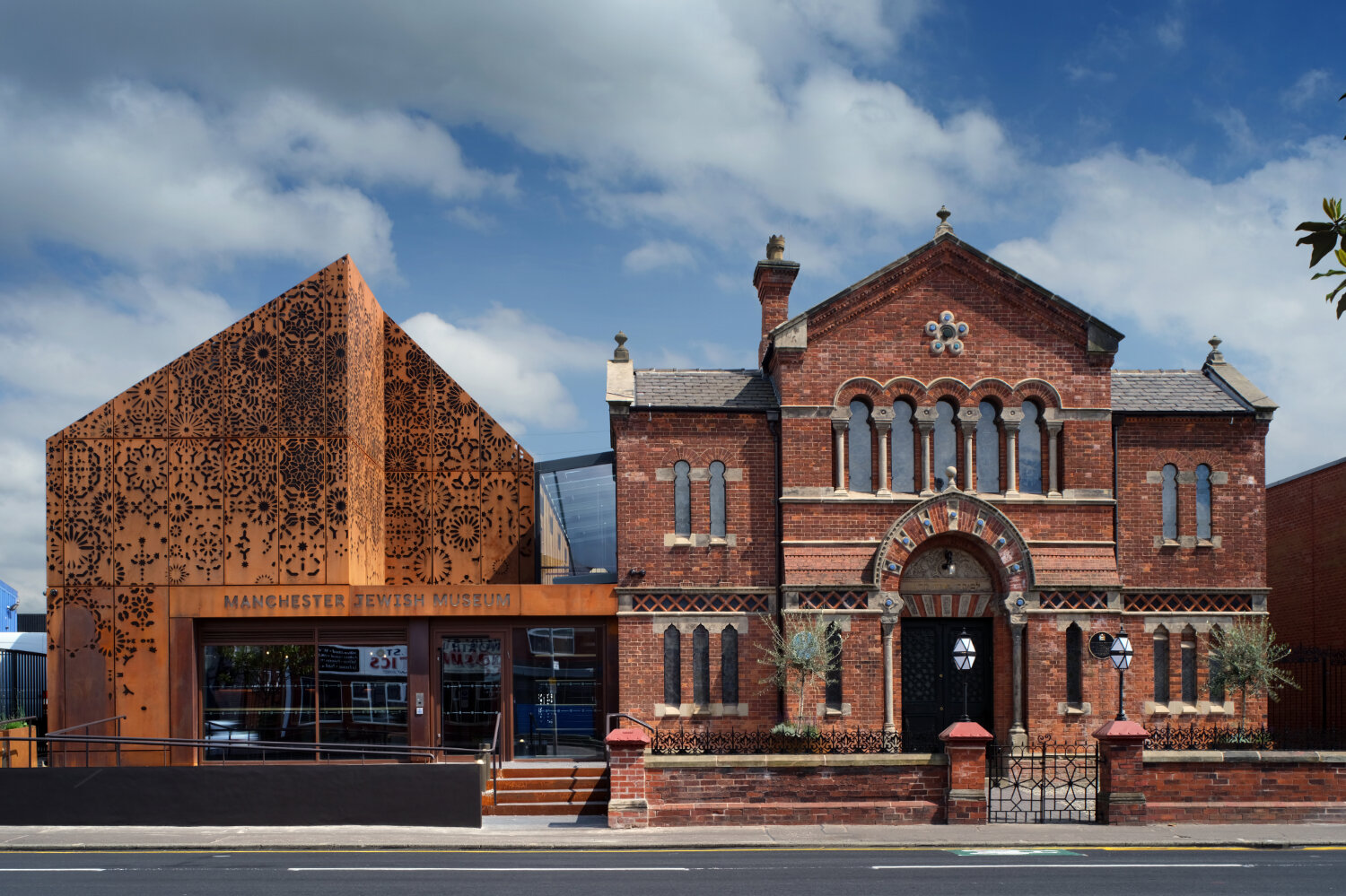
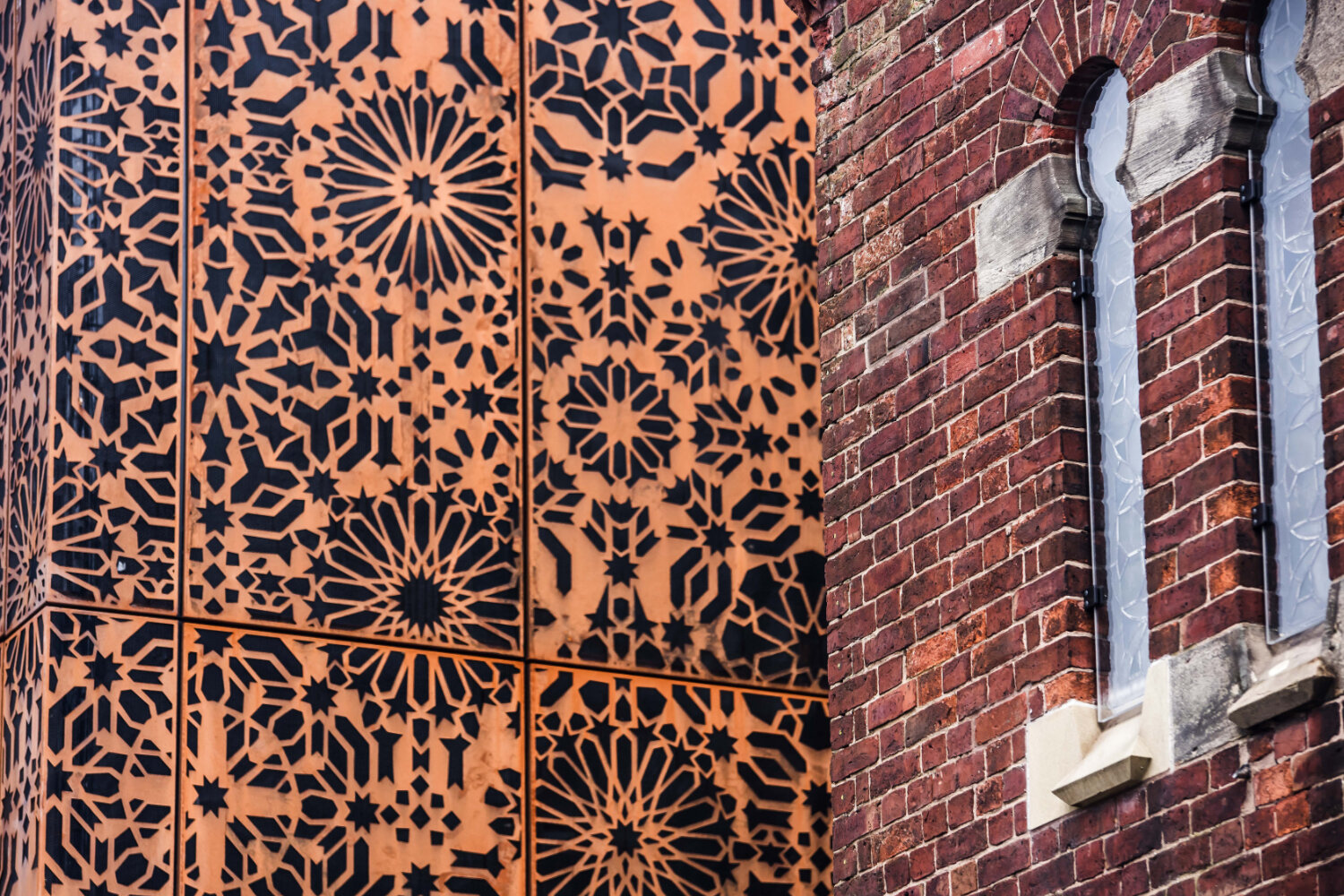
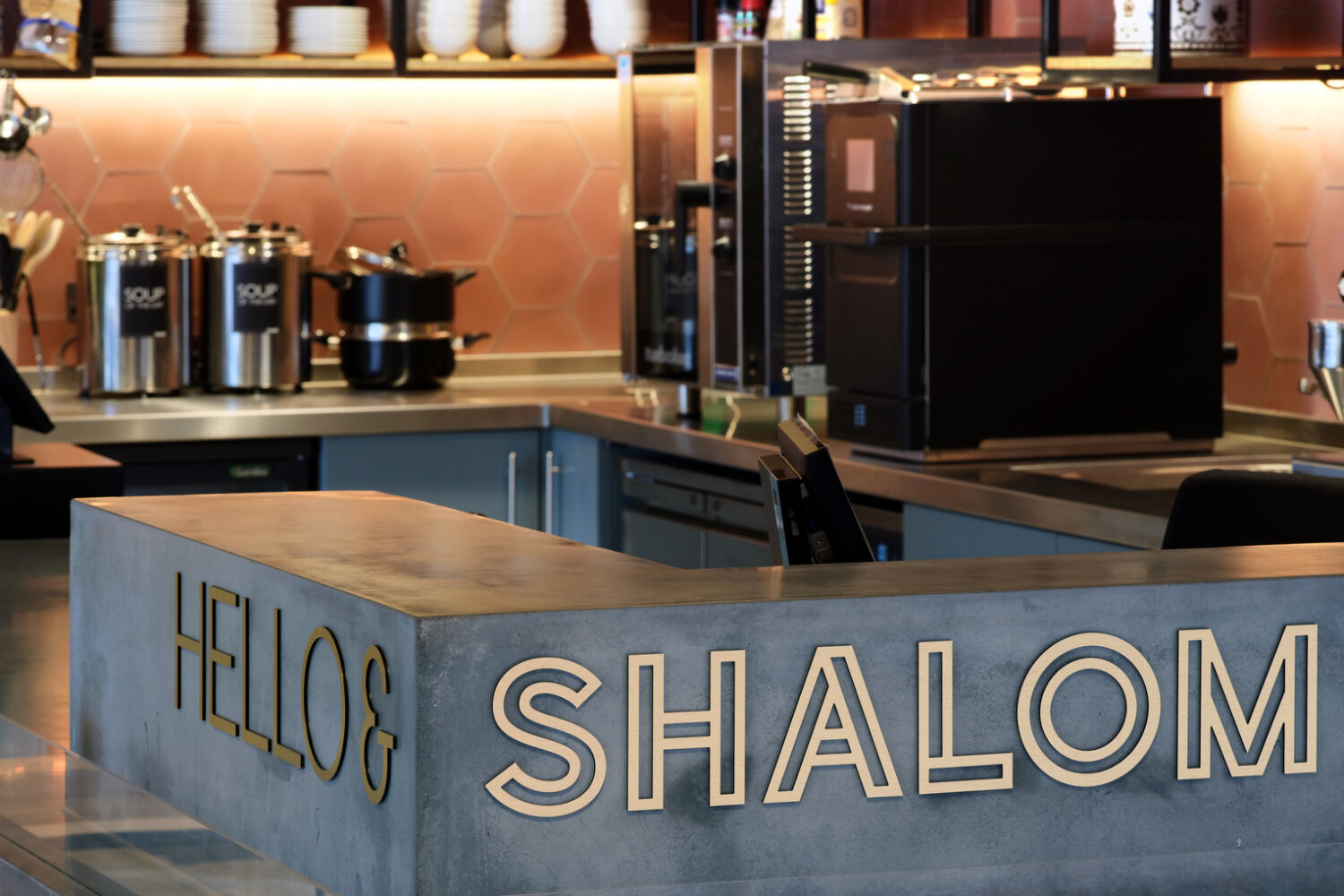
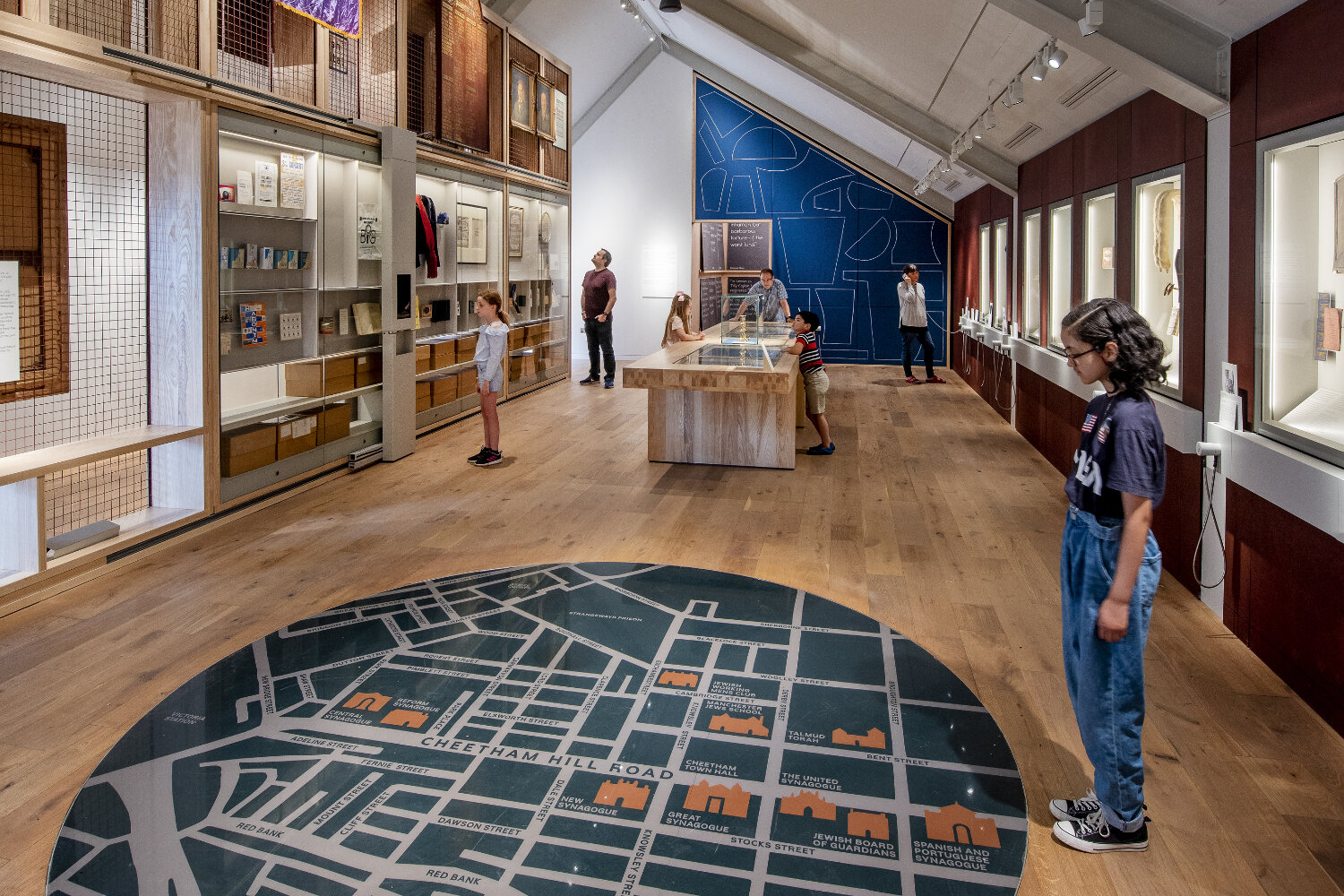
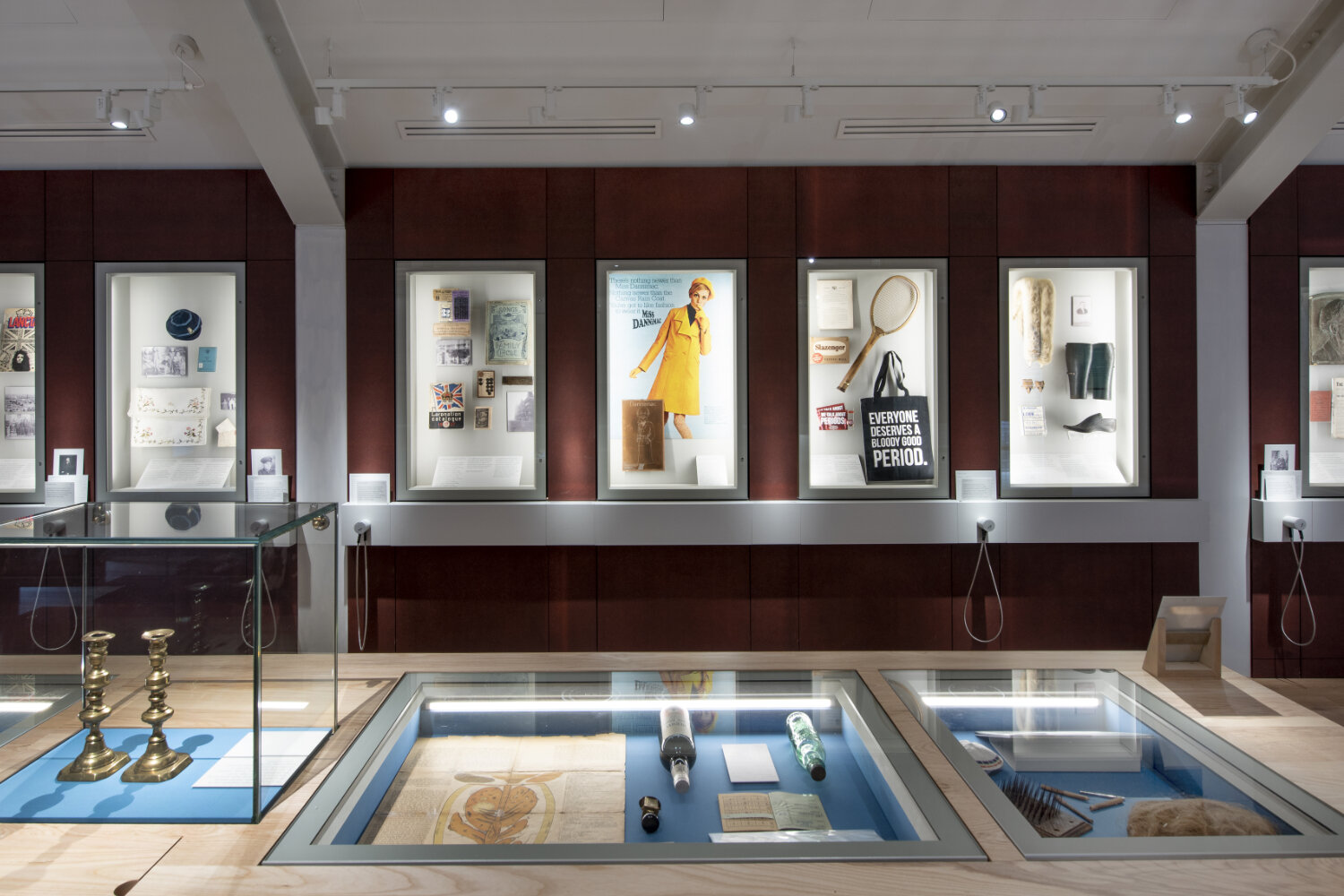
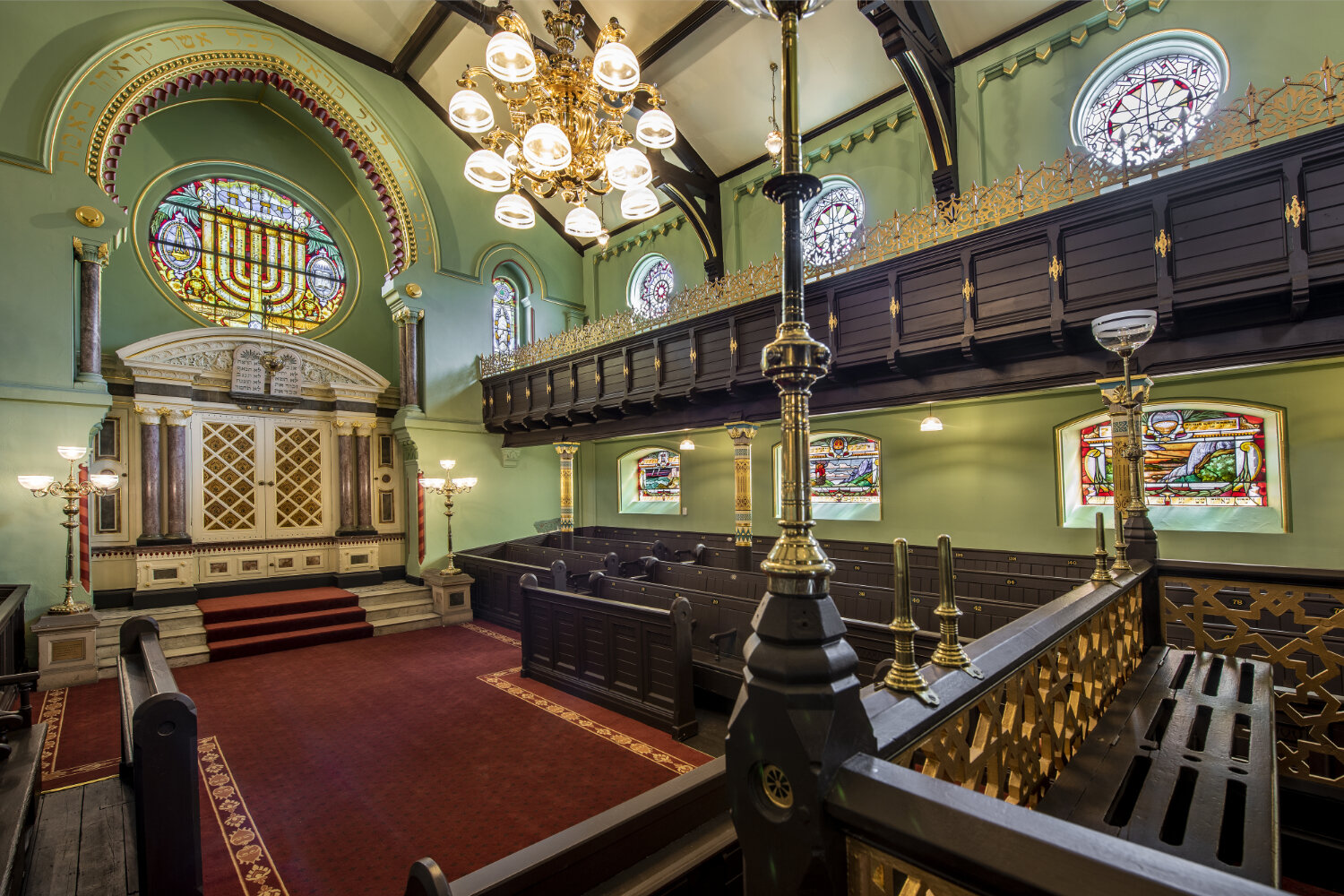
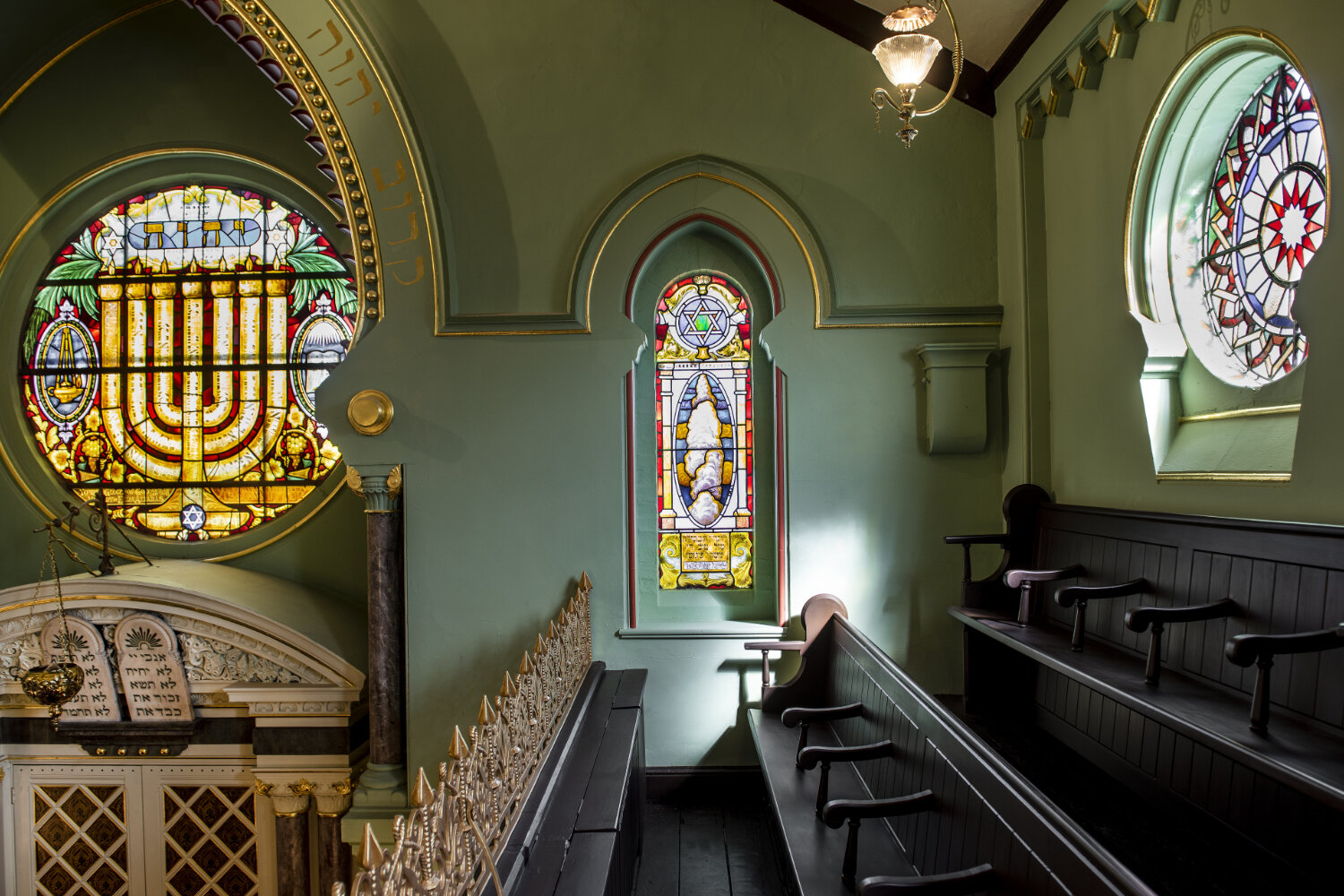

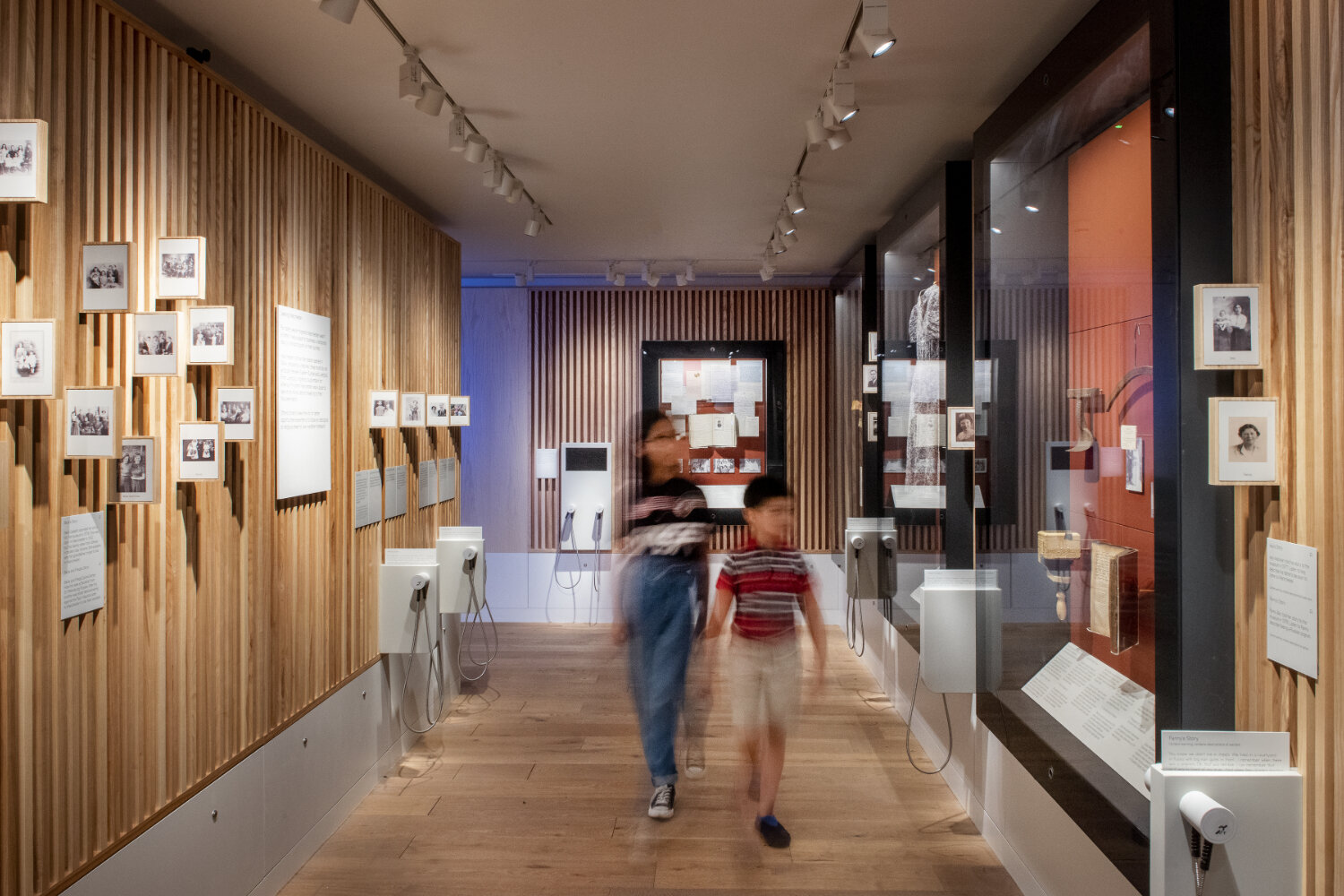

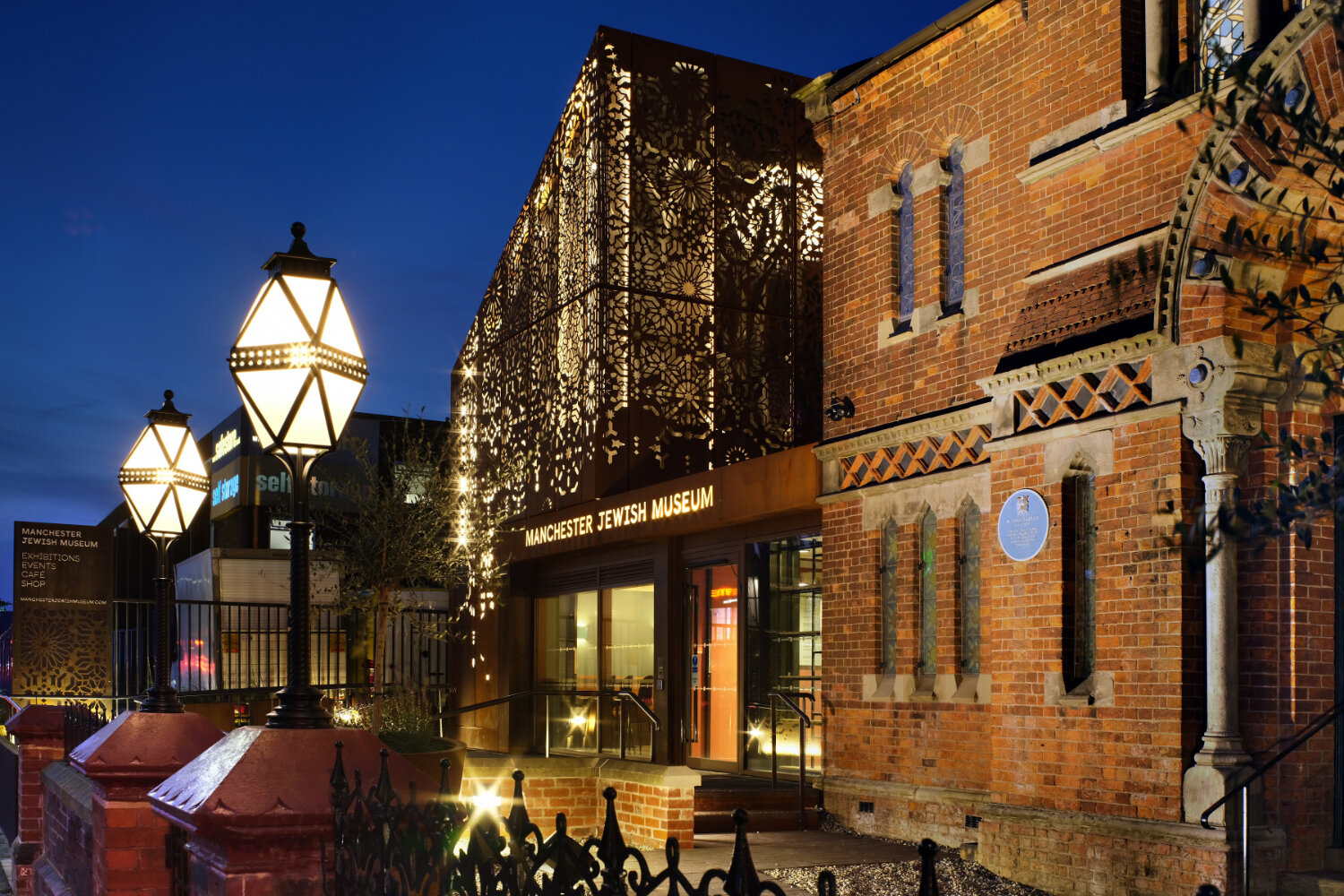
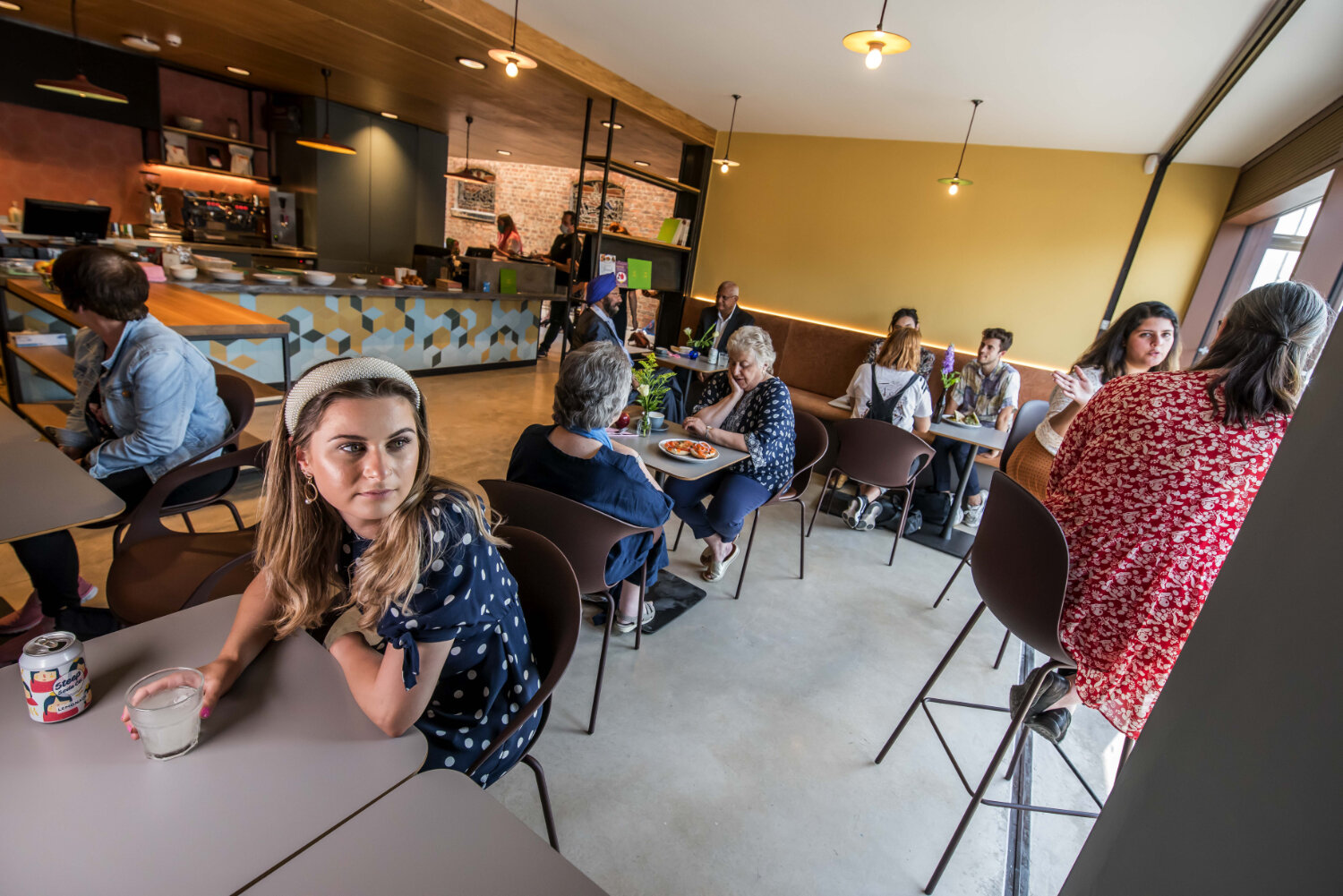
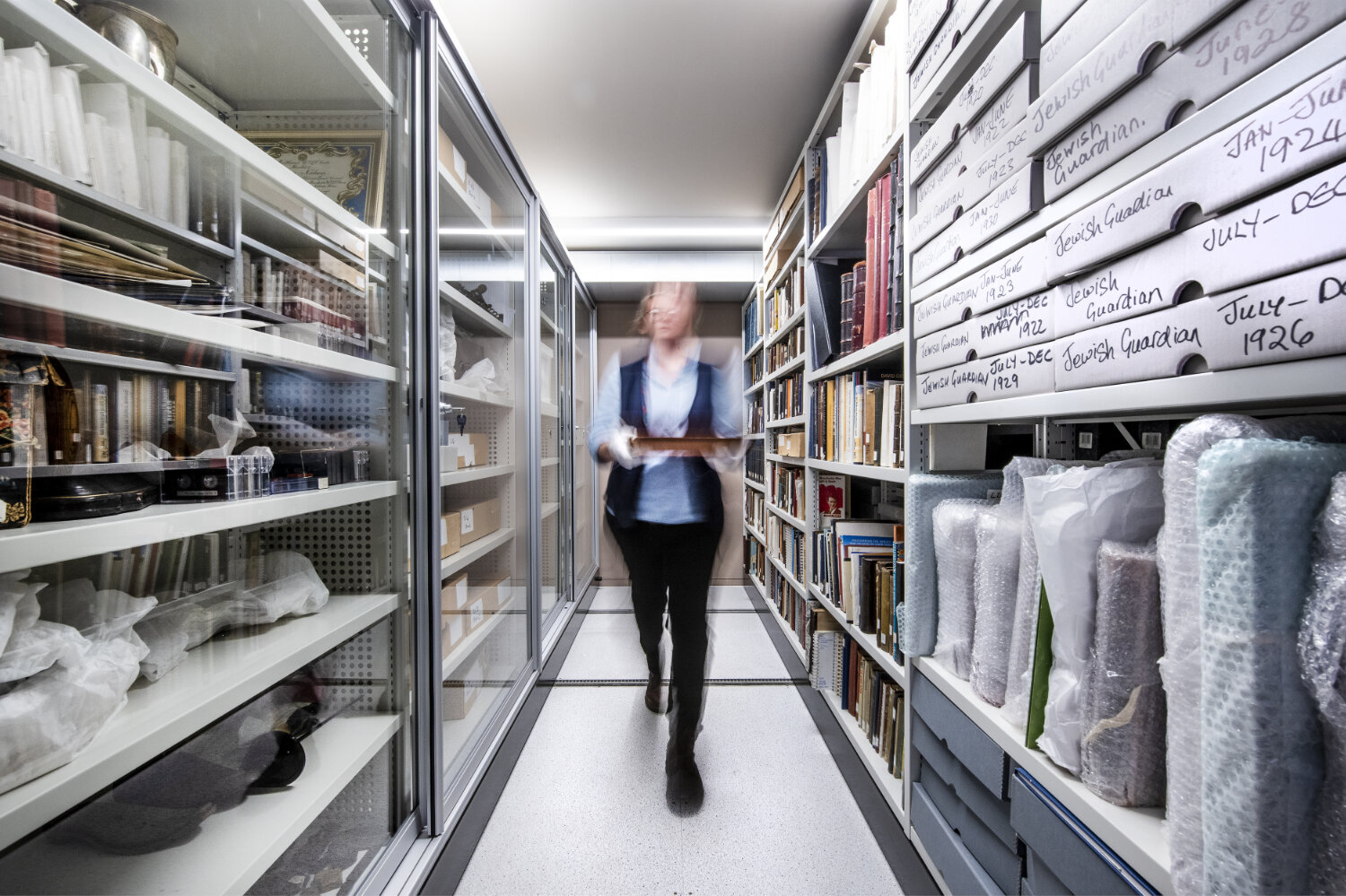
One of the artefacts now given prominent display is a dress that belonged to Helen Taichner, a Polish refugee to Manchester, who survived the Holocaust after she was hidden in 1943 for six months by the maid of a local judge in the city of Lviv. The maid hid Taichner in the cellar of the judge’s house and sewed her a dress that Helen wore to foray for bread .
Taichner’s daughter, Judith Wertheimer, brought her mother’s possessions to the museum in 1987 at the urging of the much- loved (Catholic) historian of Manchester Jewry, the late Bill Williams. The historian recorded 16 hours of her mother’s story for the museum. “She would have made him 16 lunches,” laughed Wertheimer, speaking to me later. “It was a win-win situation!”
The dress is beautifully displayed in its own glass case, together with a missal – the Catholic prayer book into which Helen wrote the dates to mark her seemingly endless incarceration.
Dress belonging to Helen Taichner, a Polish refugee to Manchester
Many artefacts reveal the immigrants’ modest aspirations. There’s the “guttering tool” that a Mr Green brought with him from Lodz in 1890, in the hope that he would find work cleaning Manchester’s gutters. Another case displays a storage box that belonged to Etty Kampinsky, who brought it with her as a 12-year-old when her family left Lithuania in 1909. Kampinsky was trained as a dressmaker and kept her sewing materials in the box. Her daughter May remembered it clamped to her mother’s worktable.
The family of Abraham Duinkerk, who was born in Amsterdam in 1907, kept a small portable Torah ark for their travels. Inside, they stored their siddurim (prayer books) and tefillin (boxes containing parchment inscribed with Torah verses worn by Orthodox Jews during morning prayers).
No one prays at the Cheetham Hill site any more. Instead, people of all ages, ethnicities and religions can come to learn, be enthralled – and enjoy a cuppa – at one of Manchester’s treasures.
By Gita Conn
For more info and to find out what’s on, visit manchesterjewishmuseum.com



